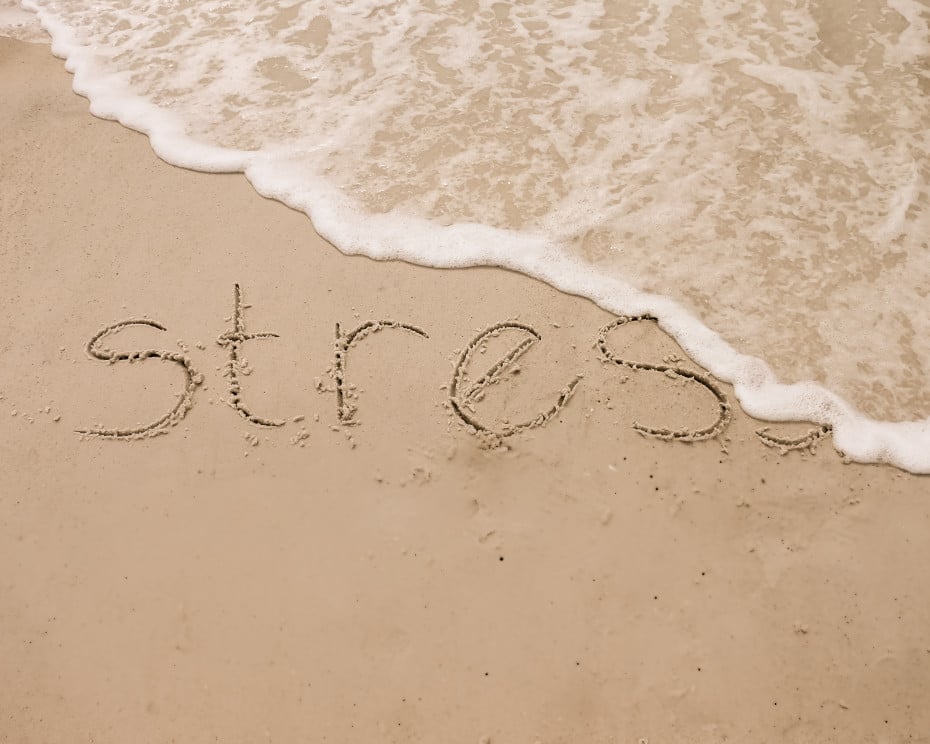Imagine if one day you awakened to pain. Everywhere. But, even though you’ve slept all night, you’re so weary you can barely drag yourself around. You’ll probably think your bad mood is because you hurt and haven’t slept well. Then, when it goes on for more than a few days, you become depressed. Something similar happened to Carolyn, and while that’s not her actual name, her story is all too real. After consulting multiple physicians, her malaise was finally diagnosed correctly: fibromyalgia. It’s a nerve disorder for which there was no cure and currently, there is minimally effective medical treatment. Her doctor, an orthopedic specialist in Chicago, arrived at that diagnosis after much trial and error from other physicians.
Fibromyalgia is debilitating which Carolyn knows all too well and her life turned inside out because of it. Twenty years ago, this special-education teacher from Chicago was living a good life. She loved her family. She loved her job. She loved the life she led. Then one day, her hands began to ache and lose strength. The original diagnosis? Carpal Tunnel Syndrome, and it spread to her arms, shoulders, and ultimately her legs. The prescribed treatments weren’t working, and eight doctors later is when she learned she had fibromyalgia.
The Effects of Fibromyalgia
“I was devastated because I didn’t fully understand what was happening to me,” she says. “There was very little information available.” In fact, at the time, many doctors didn’t consider it a disease. When she was properly diagnosed, her doctor explained that the onset of fibromyalgia was often the result of physical or psychological trauma.
Carolyn recalled that she’d had two previous car accidents, one so severe that her back actually broke the car seat. “My doctor believed that the car accidents led to my nerve disorder. Doctors are now aware that fibromyalgia starts in the brain; the part that experiences pain,” she says. “When that area doesn’t process pain accurately, it malfunctions.”
Today, more is understood about fibromyalgia, and doctors also know it could be genetic or caused by an infection or surgery. Still, there is no medical cure.
As the condition progressed, Carolyn needed braces on her hands and arms. Finally, her legs gave out and braces were necessary for her to move around. Her world started to fall apart. “Everything changed. My husband and children were in shock, just like I was,” she says. “What was happening came out of nowhere and there were no definitive answers as to what caused it.” Because there was no medication for fibromyalgia, she took pain relievers and muscle relaxants, all with marginal results.
Eventually, she could no longer work, and the school agreed to let her go on disability. She was fortunate. At the time, because fibromyalgia was not considered a disease, others with the condition were unable to get disability. Her doctor also suggested moving to a drier, warmer climate, because “sometimes even cold hurts,” she explains. “You’re hypersensitive to everything. Going from being a really healthy person who’d never been sick to almost ending up disabled—you can imagine what that does to a person.”
Carolyn and her husband took the doctor’s advice and spent the winter in Arizona. “I was on disability, and my husband took early retirement,” she says. “I was doing so poorly I was willing to try anything.” The warm, dry climate helped, and they spent three winters there. They eventually settled on Las Vegas where they had friends. They now spend winters there and part of the year in Chicago.
Cannabis and Fibromyalgia
Joining a fibromyalgia support group in Las Vegas, Carolyn researched the disease extensively. To make matters even worse, a herniated disc exacerbated the fibromyalgia. Unfortunately, the next step in pain control was narcotics and Carolyn wasn’t having it. When the support group’s magazine published an article about cannabis possibly being a beneficial treatment for fibromyalgia, she felt hopeful. Intrigued, Carolyn decided to look into the possibility of finding relief with cannabis or CBD.
She started reading about medical marijuana for adults, and specifically how cannabis and CBD work to control pain. Not one to jump into anything, she discussed using cannabis with her doctor in Chicago. Several of his patients swore by it and he recommended looking into it. She obtained her medical marijuana card and asked her doctor what kind of cannabis she should use. He was unable to help her, so once again, she kicked into research mode. “I went online and started looking at everything in the CBD line to make myself knowledgeable about it. I knew I didn’t want anything that would interfere with my mental faculties; I just wanted pain relief.” The combination of a herniated disc and fibromyalgia sent pain shooting down her left leg, making getting around painful and difficult.
Carolyn shared her research with her doctor and he supported her decision to try a topical product. Once again, Carolyn took to the internet to find something to relieve her pain. She found a CBD topical in Las Vegas and started using it, thinking that because it had such a high level of CBD, it would do the trick. Unfortunately, the amount of CBD alone may not influence how well the product works, so she was disappointed by the results of that particular product.
“I was in really bad shape. I wanted something that addressed nerve pain, and I ran across Lost Remedy Nerve Pain Formula online,” she says. “I read the description and the reviews, which were excellent. I thought this must be what I need.” To make sure, Carolyn called the owner of Lost Remedy, explained her condition and asked which product would be most helpful. The owner agreed that the Nerve Pain Formula would be the best option.
Even though she had been using the other CBD product, Carolyn tried the Lost Remedy Nerve Pain Formula. “The cream gave me relief almost immediately and the pain that radiated down my left leg began to subside after about three weeks.” But, for medical marijuana for adults, she admonishes people to do research (and lots of it) to find products that relate to their condition. “It was interesting to learn that there were so many different types of CBD for different medical complaints,” she explains. “I also research reviews. You can get excellent information from people who have actually used the products.”
More importantly, it’s crucial to understand what your other medications do and how the cannabis will interact with them. That’s why Carolyn worked closely with her doctor to use the right proportion of pharmaceuticals and cannabis for optimal effect.
Research remains important to her and Carolyn continues to experiment. She currently combines topical products with edible CBD products—oil, gummies and gels. “I was taking up to 75mg a day at 25mg each. That is increasing the healing.” Thankfully, these products have given her hope that she once had lost. When she started using CBD, her pain level was at 10. Since using the Lost Remedy product, it’s down to a level of three or four. She still uses the Nerve Pain Formula, but not as often due to her other ways to consume medical marijuana. Carolyn is confident that ongoing use of the topicals and edibles will continue the healing process, giving her back her life after a fibromyalgia diagnosis.
Mary Nelson, marketing writer, Lost Remedy, Inc., home of CBD topicals and oils for health and beauty.




